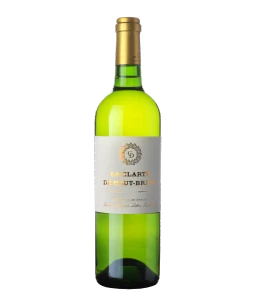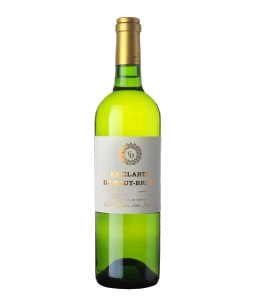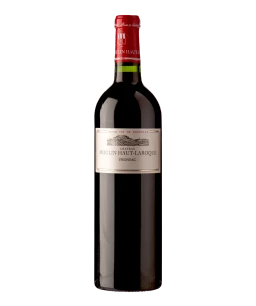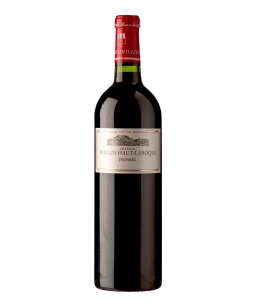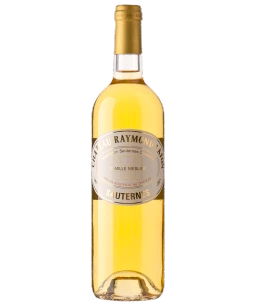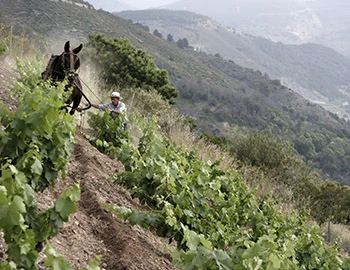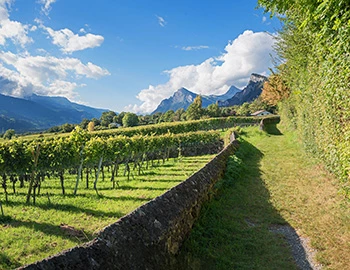Bordeaux
Bordeaux: high prestige, high quality
With a total area of around 115,000 hectares, Bordeaux may not be France’s largest wine-growing region, but it is certainly its most prestigious. The range of wines produced here today is enormous: ranging from red everyday wines with a great relationship between price and quality to exclusive, and accordingly expensive, premier crus. Elegant white wines and noble sweet specialties round out the spectrum.
White wines from Bordeaux
Red wines from Bordeaux
Sweet wines from Bordeaux
The prominent role of Bordeaux wines is based on the particular location of this cultivation area, in the catchment area of three rivers: the Garonne and the Dordogne, which merge into the Gironde estuary, flowing into the Atlantic 60 kilometres northwest of the city of Bordeaux.
The water currents have shaped not only the gently rolling topography of this cultivation area, but the soil structure as well. On the left bank of the river, where the Médoc, Graves, Pessac-Léognan and Sauternes areas are located, soils with a high proportion of gravel and sand generally dominate. Thanks to the excellent heat retention of these soils, Cabernet Sauvignon yields exceptional results here.
Lots of sun, lots of rain
On the right bank, in the Blaye, Côtes de Bordeaux, Côtes de Bourg and Saint-Emilion areas, the soils vary more strongly. In general, higher proportions of clay, lime and sand are found here, while gravel plays a lesser role. The soils have an excellent ability to store water, which the Merlot variety especially enjoys. In Entre-deux-Mers, in turn, it is the calcareous clay soils that lend the dry white wines produced here (from Sauvignon Blanc, Sémillon and Muscadelle) their delicate freshness. With around 2,000 hours of sunshine, the climate in Bordeaux is distinctly mild; nonetheless, precipitation is relatively high, at 900 millimetres per year per square metre.
High demand from England
Wine was drunk in Bordeaux before it was even grown there. In the first century BCE, traders from Campania provided the population with wine. Only in the 12th century did Bordeaux become an important wine producer. Through the marriage of Eleanor of Aquitaine and the English King Henry II, Great Britain became the most important importer of Bordeaux wines. Claret became an export hit. The current hierarchy of crus was only established in the 19th century. In 1924, Baron Philippe de Rothschild became the first Château owner to bottle his own wine. This “mis en bouteille au château” first became common in the 1960s.
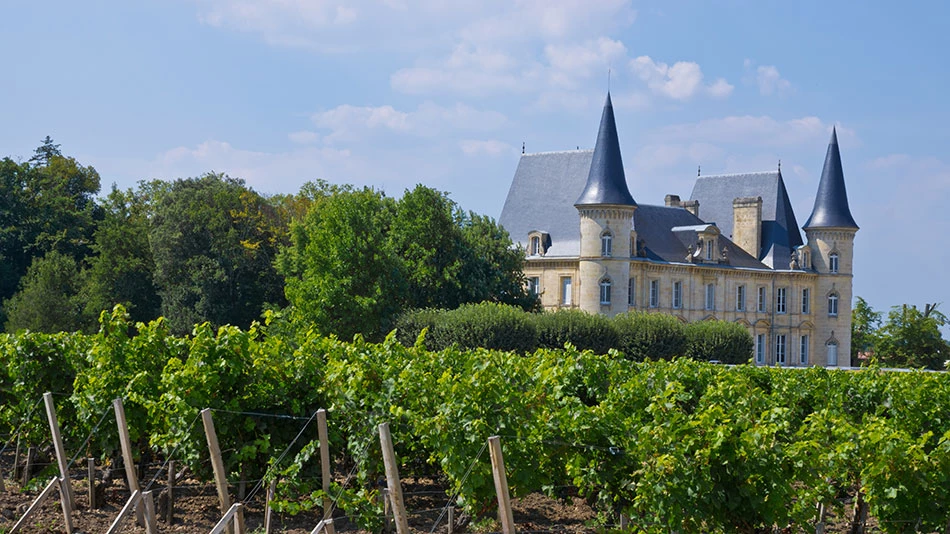
Region
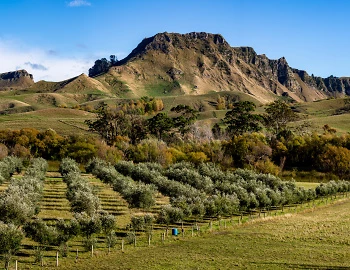
Hawkes Bay
Hawke’s Bay is located in the east of New Zealand’s North Island and is the country’s oldest and second-largest wine-growing region (approx. 4640 hectares), dating back to 1851. Hawke’s Bay is New Zealand’s largest wine-growing region for high-quality red wines, accounting for over 80 percent of its total production of Cabernet Sauvignon, Merlot and Syrah. Chardonnay and the two varieties Cabernet Sauvignon and Merlot make up around 50 percent of total production at Hawke’s Bay. White and red wines are produced in approximately equal amounts. The region produces a total of 10 percent of all New Zealand wines.

